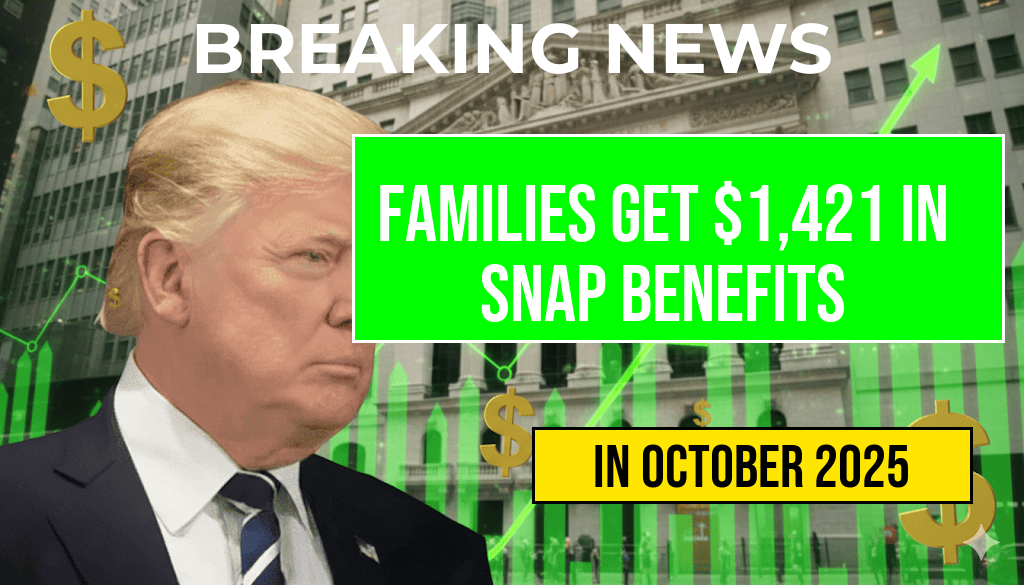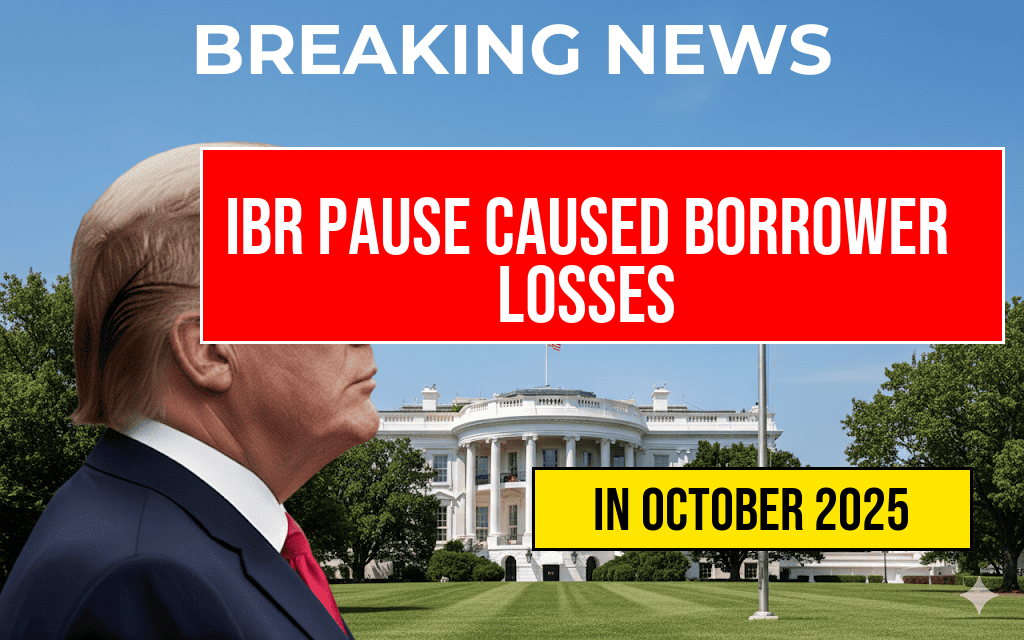Effective January 1, 2024, a significant change has taken effect concerning student debt forgiveness and the associated tax implications for millions of borrowers across the United States. The federal government’s relief program, which previously offered up to $20,000 in student debt cancellation without tax penalties, has been phased out, leading to widespread concern among borrowers and financial experts alike. Under the new regulations, any student debt discharged after this date is now considered taxable income, potentially resulting in substantial tax bills for many individuals who received debt relief in recent years. This shift marks a notable departure from prior policies intended to ease the financial burden of higher education, and it raises questions about the future landscape of student loan forgiveness initiatives and their tax treatment.
Background of the Student Debt Forgiveness Policy
Over the past several years, the federal government implemented various measures aimed at reducing the burden of student loans. The most recent and prominent among these was the student debt forgiveness program announced in 2021, which promised to cancel up to $20,000 of federal student loans for qualifying borrowers. The initiative was part of broader efforts to stimulate economic recovery post-pandemic and address the rising costs of higher education. However, critics argued that such relief could trigger unforeseen tax consequences, as forgiven debt is typically considered taxable income under federal law.
Legal and Policy Changes in 2024
Initially, policymakers hoped to extend or expand debt forgiveness programs without burdening borrowers with additional tax liabilities. However, a series of legislative adjustments culminated in the phasing out of the $20,000 relief exemption effective January 1, 2024. According to the IRS and the Department of Education, any student debt discharged after this date will be subject to federal income tax, unless specific exemptions apply. This change aligns with existing tax law, which generally treats canceled debt as income, but it marks a departure from temporary relief measures introduced during the pandemic era.
Impact on Borrowers and Tax Implications
The immediate consequence for many borrowers is the potential for unexpected tax bills. For example, if a borrower received a $20,000 debt cancellation, that amount will now be added to their taxable income for the year, possibly pushing them into a higher tax bracket and increasing their overall tax liability. The IRS has clarified that borrowers will receive a Form 1099-C—a Cancellation of Debt form—detailing the amount of debt forgiven, which must be reported on their tax returns.
| Borrower Scenario | Debt Forgiven | Additional Taxable Income | Estimated Tax Increase (Federal) |
|---|---|---|---|
| Single filer, average income | $20,000 | $20,000 | $3,000 – $4,000 |
| Married filing jointly, high income | $20,000 | $20,000 | $4,500 – $6,000 |
| Low-income borrower | $20,000 | $20,000 | Potentially minimal if below taxable threshold |
Responses from Stakeholders
Many borrowers and advocacy groups have voiced concern that the removal of tax exemptions could discourage participation in future debt relief programs. National Student Loan Clearinghouse data indicates that millions of borrowers received some form of debt cancellation in recent years, and the added tax burden could lead to financial strain, especially for those already struggling to meet repayment obligations. Critics argue that taxing forgiven debt undermines the purpose of relief initiatives and disproportionately affects low- and middle-income individuals.
On the other hand, policymakers maintain that taxing debt forgiveness aligns with existing tax laws and ensures fairness in the tax system. The Treasury Department emphasizes that the revenue generated from taxing forgiven debt could be redirected toward funding future student aid programs or reducing the federal deficit. “While we understand the financial impact on borrowers, this approach maintains consistency with longstanding tax principles,” stated a Treasury spokesperson.
Advice for Borrowers Moving Forward
Experts recommend that borrowers who received debt relief in 2023 or earlier should consult with a tax professional to understand their specific obligations. For those with forgiven debt after January 1, 2024, preparing for possible tax liabilities is crucial. Borrowers may consider:
- Reviewing their Form 1099-C carefully and reporting it accurately on their tax returns
- Estimating the additional tax liability and exploring payment options
- Seeking potential deductions or credits that could offset the increased tax bill
Additionally, some states may also tax forgiven debt, so borrowers should verify local regulations to understand their full liability. The IRS has indicated that taxpayers can request a hardship exemption if repayment would cause undue financial hardship, though eligibility is limited.
Looking Ahead
The transition away from broad student debt forgiveness without tax consequences signals a potential shift in federal policy. While some advocate for reinstating tax exemptions or implementing new relief programs, others emphasize the importance of sustainable fiscal management. As debates continue, borrowers are advised to stay informed about evolving policies and plan accordingly to manage their student debt obligations effectively.
For additional information, the IRS provides guidance on tax implications of canceled debt, and the Department of Education offers updates on available repayment options on their official site.
Frequently Asked Questions
What is the main impact of the student debt forgiveness plan ending on January 1?
The ending of the student debt forgiveness plan on January 1 means that borrowers will no longer receive the $20,000 relief, potentially leading to increased tax implications and debt repayment burdens.
How will the expiration of the relief affect my tax returns?
Without the $20,000 relief, borrowers may face higher tax liabilities on forgiven debt, as the forgiven amount might be considered taxable income under IRS rules.
Who is affected by the disappearance of the $20,000 student debt relief?
Borrowers who received student debt forgiveness under the relief plan and are preparing to file tax returns after January 1 will be directly impacted, potentially facing increased taxes.
Is there any way to avoid paying taxes on forgiven student debt now that the relief has ended?
Options may include exploring income-driven repayment plans or tax relief provisions, but it’s advisable to consult a tax professional to understand specific strategies based on your circumstances.
What should I do now to prepare for my tax return after the relief ends?
Stay informed about the tax implications of student debt forgiveness, keep documentation of any debt cancellation, and consider consulting a tax advisor to properly report any forgiven amounts and minimize potential taxes.






